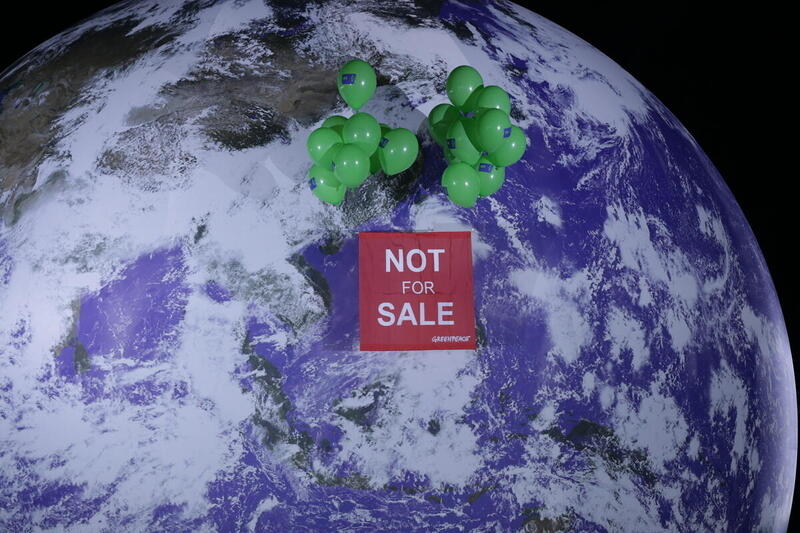
Remember the Code Red for Humanity? It was the warning report from the Intergovernmental Panel on Climate Change (IPCC), which is composed of the world’s leading climate scientists. Issued last August, the report was the latest summary of what’s happening to our climate system, and where we are headed if necessary action isn’t taken.
Well, the scientists are back.
On 28 February, the second of four parts of the latest IPCC assessment will be published. The report will pick up right where the previous one left off: focusing on the impacts of the climate crisis on humanity, our homes, livelihoods and the ecosystems we depend on.
Do we really need another report?
Of course, we don’t need another report to realise we’re in deep trouble already. But we do all need an updated assessment of our possible futures ahead.
The climate crisis today isn’t what it was 5, 10 or indeed 32 years ago, when the scientific community delivered their very first comprehensive assessment to world governments. It keeps evolving.
Since their previous full assessment in 2014, the situation has, again, worsened. The US National Oceanic and Atmospheric Administration(NOAA) has warned that the years since then, 2013-2021, all rank among the ten-warmest years on record. According to the World Meteorological Organisation, we’re now officially in uncharted territory with climate change.
So it’s vital now, more than ever, to have the world’s scientific community come together, and form a connected picture of what lies ahead, and how the climate emergency interacts with other crises to inform the choices we will be making in these critical, decisive years.
What we expect to learn from this next part of the IPCC Sixth Assessment Report:
- How warming is already impacting us and other life on earth.
- How climate impacts and risks will increase with further warming, and how choices of development pathways affect those risks.
- How and to what extent can impacts be adapted to and risks reduced.
- Where limits to adaptation are being exceeded, causing loss and damage.
- What causes particular vulnerabilities to climate impacts and risks, and how those vulnerabilities must be reduced and resilience built.
- How the particular situation of the coastal communities; cities and settlements by the sea looks like.
- What the role of social justice and equity in climate-resilient development is.
- What solutions could make our societies more prepared for the warming, sea-level rise and other changes we can no longer prevent.
What comes next?
The February report will cover a lot but it won’t yet cover how to cut climate pollution and further warming. That will be dealt with in the third part of the overall IPCC assessment in April, with a synthesis report (SYR) bringing the full story of the Sixth Assessment Report together in October.
These reports will be crucial to the policy discussions to face the urgent issues of adaptation and loss and damage, and frame the narrative towards the COP27 climate conference in Egypt in November, when countries are set to revise their national climate targets in alignment with the Paris Agreement 1.5°C warming limit.
We rely on the critical work from scientists to identify problems and propose solutions. Recent movies like Don’t Look Up have reminded us of the challenges scientists face when trying to communicate the urgency of action. Let’s make sure that this time they are not just listened to, but also heard, and that science is met with action.
People and the planet cannot wait.
